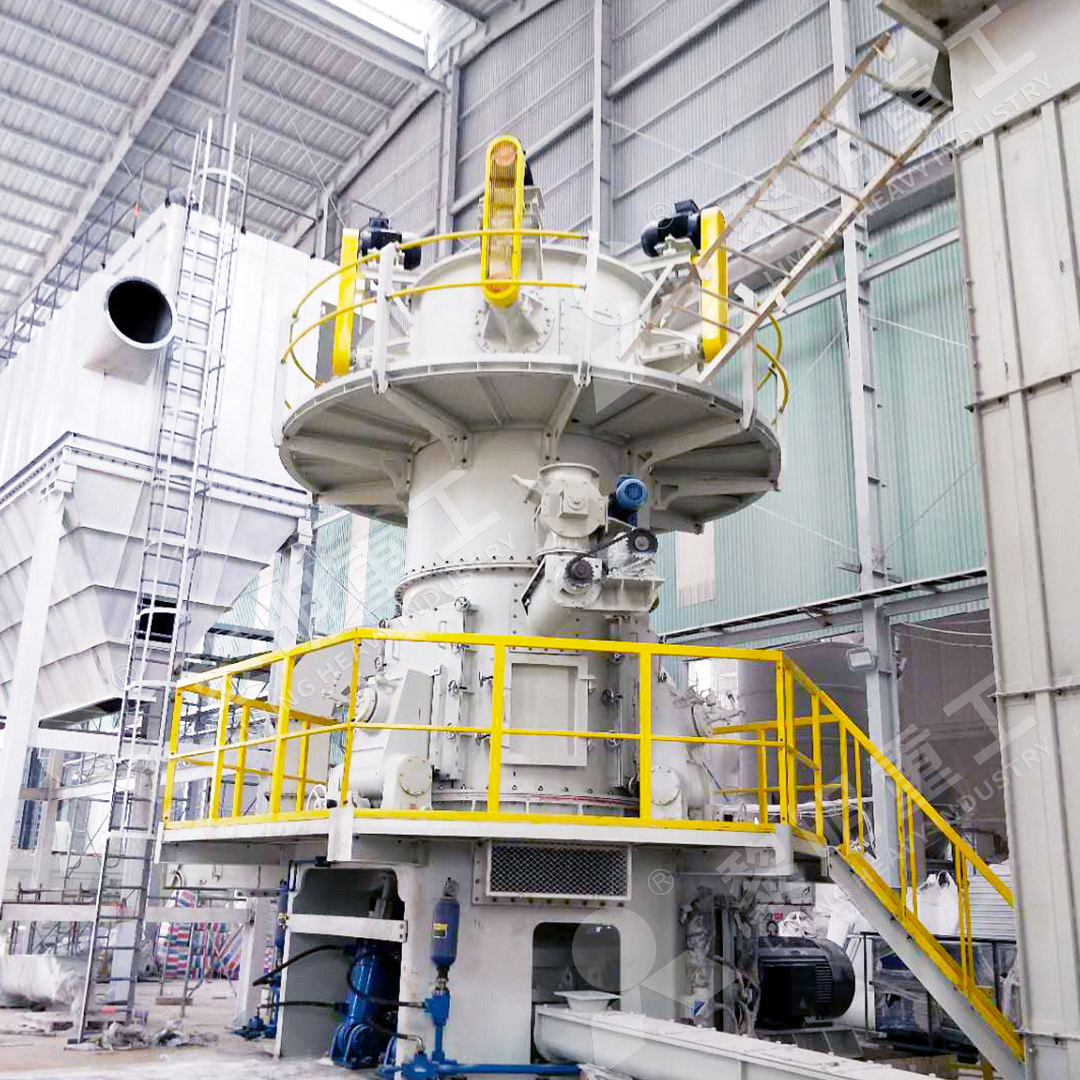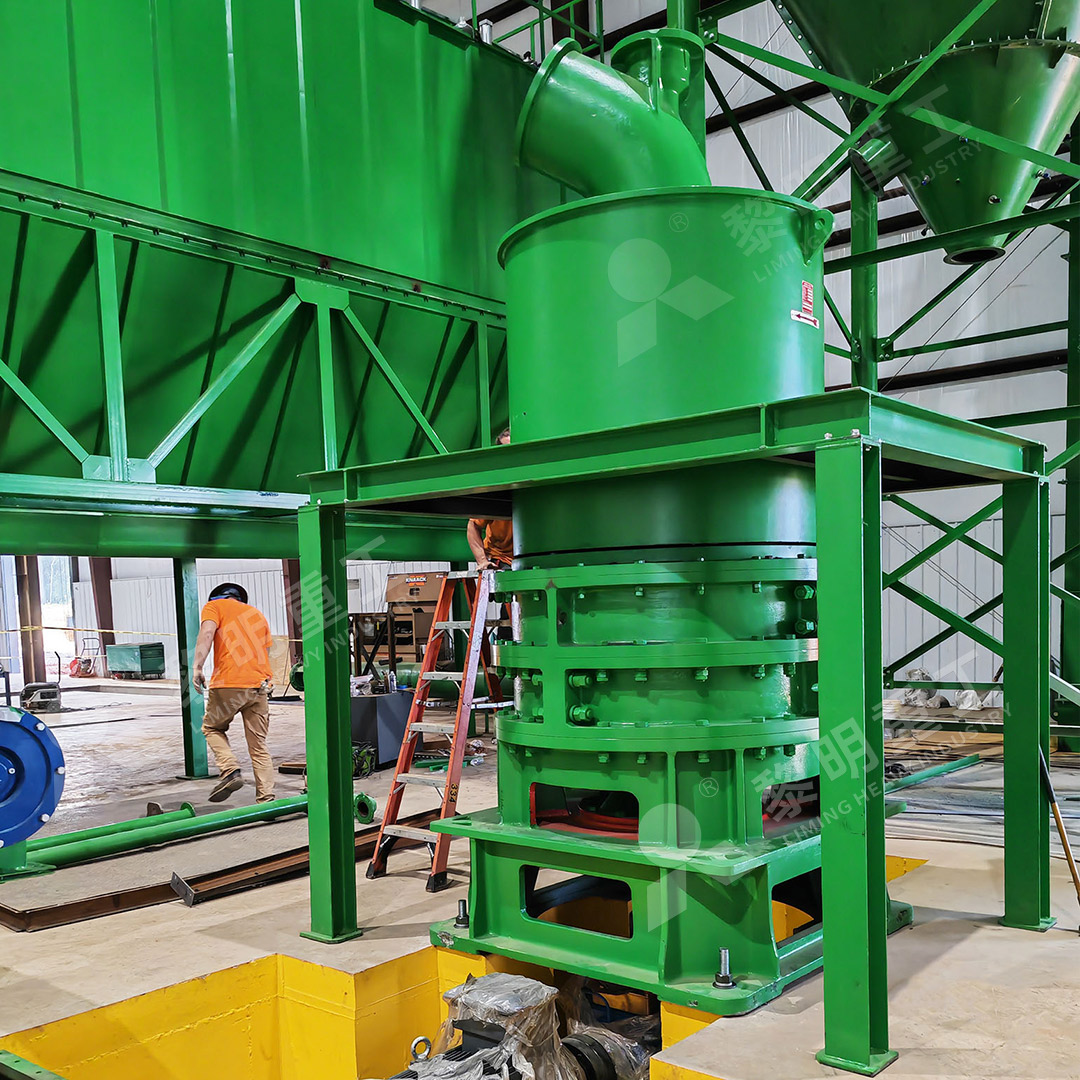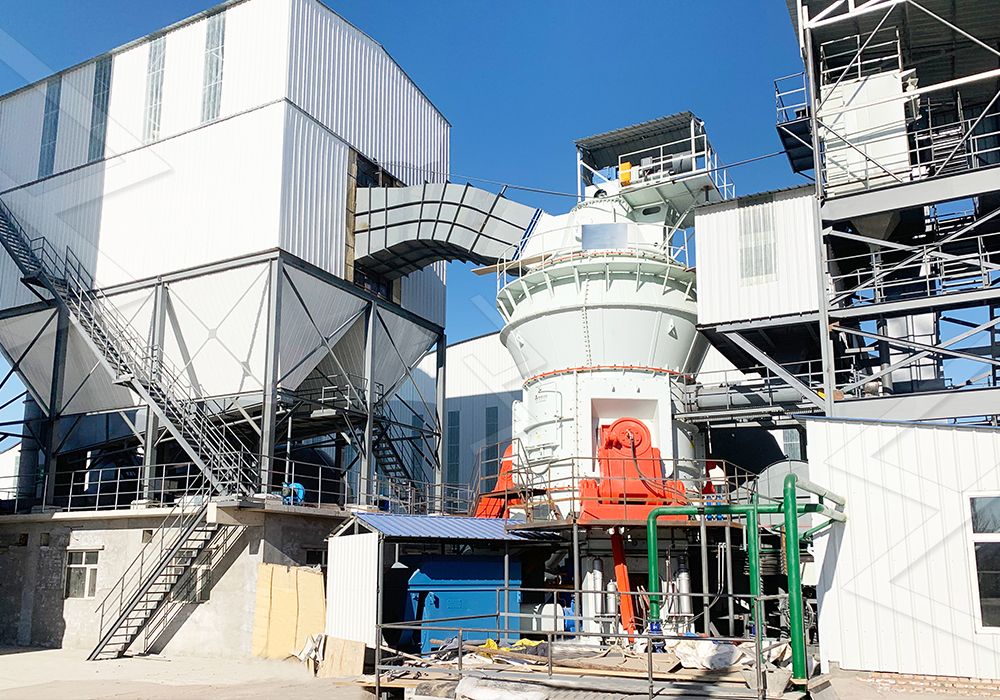How to Improve Efficiency in Vertical Roller Mill Grinding Operations
How to Improve Efficiency in Vertical Roller Mill Grinding Operations
Vertical roller mills (VRMs) have become the backbone of modern mineral processing operations, offering significant advantages over traditional grinding systems. However, achieving optimal efficiency requires careful attention to operational parameters, maintenance practices, and equipment selection. This comprehensive guide explores practical strategies to maximize your grinding operation’s performance while minimizing operational costs.
Understanding VRM Operational Dynamics
The fundamental principle of vertical roller milling involves material bed comminution between grinding rollers and a rotating table. Efficiency improvements begin with understanding the relationship between grinding pressure, table speed, air flow, and feed rate. Operators must maintain a stable grinding bed thickness—typically between 10-30mm—to ensure effective particle reduction while minimizing vibration and wear.

Material moisture content significantly impacts grinding efficiency. Excess moisture can lead to bed fluidization issues, while overly dry materials may cause excessive dust generation. Optimal moisture levels typically range between 2-8%, depending on material characteristics. Advanced VRM systems incorporate hot gas generators to dry materials during grinding, eliminating the need for separate drying equipment.
Key Parameters for Optimization
Grinding pressure represents one of the most critical control variables. Higher pressures increase grinding efficiency but accelerate wear on rollers and table liners. Modern VRMs feature hydraulic systems that automatically adjust grinding pressure based on motor power consumption, maintaining optimal loading conditions.
Airflow management proves equally important. The separator speed controls product fineness, while the mill fan maintains material circulation. Balancing these parameters ensures proper classification without excessive energy consumption. Regular inspection of classifier blades and guide vanes prevents efficiency losses due to wear-induced flow disturbances.
Advanced Solutions for Enhanced Performance
For operations requiring ultra-fine powders with precise particle size distribution, the MW Ultrafine Grinding Mill represents a technological breakthrough. With an input size capability of 0-20 mm and capacity ranging from 0.5-25 tph, this system delivers exceptional grinding efficiency across numerous applications including limestone, calcite, dolomite, and various industrial minerals.

The MW Ultrafine Grinding Mill incorporates several innovative features that directly address efficiency challenges. Its newly designed grinding curves for rollers and rings enhance grinding efficiency, delivering 40% higher production capacity compared to jet mills and stirred mills at equivalent fineness and power consumption. The cage-type powder selector, utilizing German technology, enables precise fineness adjustment between 325-2500 meshes with screening rates achieving d97≤5μm in a single pass.
Notably, the absence of rolling bearings and screws within the grinding chamber eliminates common failure points, while external lubrication allows continuous 24-hour operation without shutdowns for maintenance. The integrated pulse dust collector and muffler system ensures environmentally compliant operation with minimal noise pollution.
Maintenance Strategies for Sustained Efficiency
Proactive maintenance represents the cornerstone of long-term VRM efficiency. Regular inspection of grinding elements—rollers, table segments, and separator components—allows for planned replacements before unexpected failures occur. Wear monitoring through periodic thickness measurements enables predictive maintenance scheduling.
Lubrication system maintenance deserves particular attention. Contaminated lubricant represents a leading cause of bearing failures in VRM drives. Implementing regular oil analysis and filtration extends component life significantly. For operations requiring minimal maintenance intervention, consider the LUM Ultrafine Vertical Grinding Mill with its reversible structure that enables easy roller removal for inspection and maintenance.

Process Control and Automation
Modern VRM operations benefit tremendously from advanced process control systems. These systems continuously monitor multiple parameters—including motor power, grinding pressure, temperature differentials, and vibration levels—automatically adjusting setpoints to maintain optimal conditions. Integration with plant-wide control systems enables coordinated operation with upstream and downstream processes.
Data analytics platforms can identify subtle efficiency trends not apparent through routine monitoring. By correlating operational parameters with product quality and energy consumption, these systems provide actionable insights for continuous improvement.
Frequently Asked Questions
What is the most common cause of vibration in vertical roller mills?
Vibration typically results from an unstable grinding bed, often caused by improper feed rate, material characteristics, or worn grinding elements. Maintaining consistent feed material properties and monitoring grinding pressure can mitigate vibration issues.
How often should grinding rollers and table segments be replaced?
Replacement intervals vary significantly based on material abrasiveness, operating hours, and maintenance practices. Generally, rollers require refurbishment after 6,000-8,000 operating hours, while table segments may last 8,000-12,000 hours. Regular thickness monitoring provides the most accurate replacement timing.
Can vertical roller mills handle moist materials effectively?
Yes, modern VRMs with integrated drying capabilities can process materials with moisture content up to 15-20%. The MW Ultrafine Grinding Mill specifically handles various moisture levels while maintaining grinding efficiency through optimized air flow and temperature control.
What fineness range can be achieved with advanced VRM systems?
Advanced systems like the MW Ultrafine Grinding Mill achieve fineness between 325-2500 meshes (approximately 45-5 microns), making them suitable for demanding applications in chemicals, paints, cosmetics, and food additives where precise particle size distribution is critical.
How does VRM energy consumption compare to traditional ball mills?
Vertical roller mills typically consume 30-50% less energy than ball mills for equivalent grinding tasks. The MW Ultrafine Grinding Mill specifically demonstrates energy consumption only 30% of comparable jet milling systems while delivering higher production capacity.
